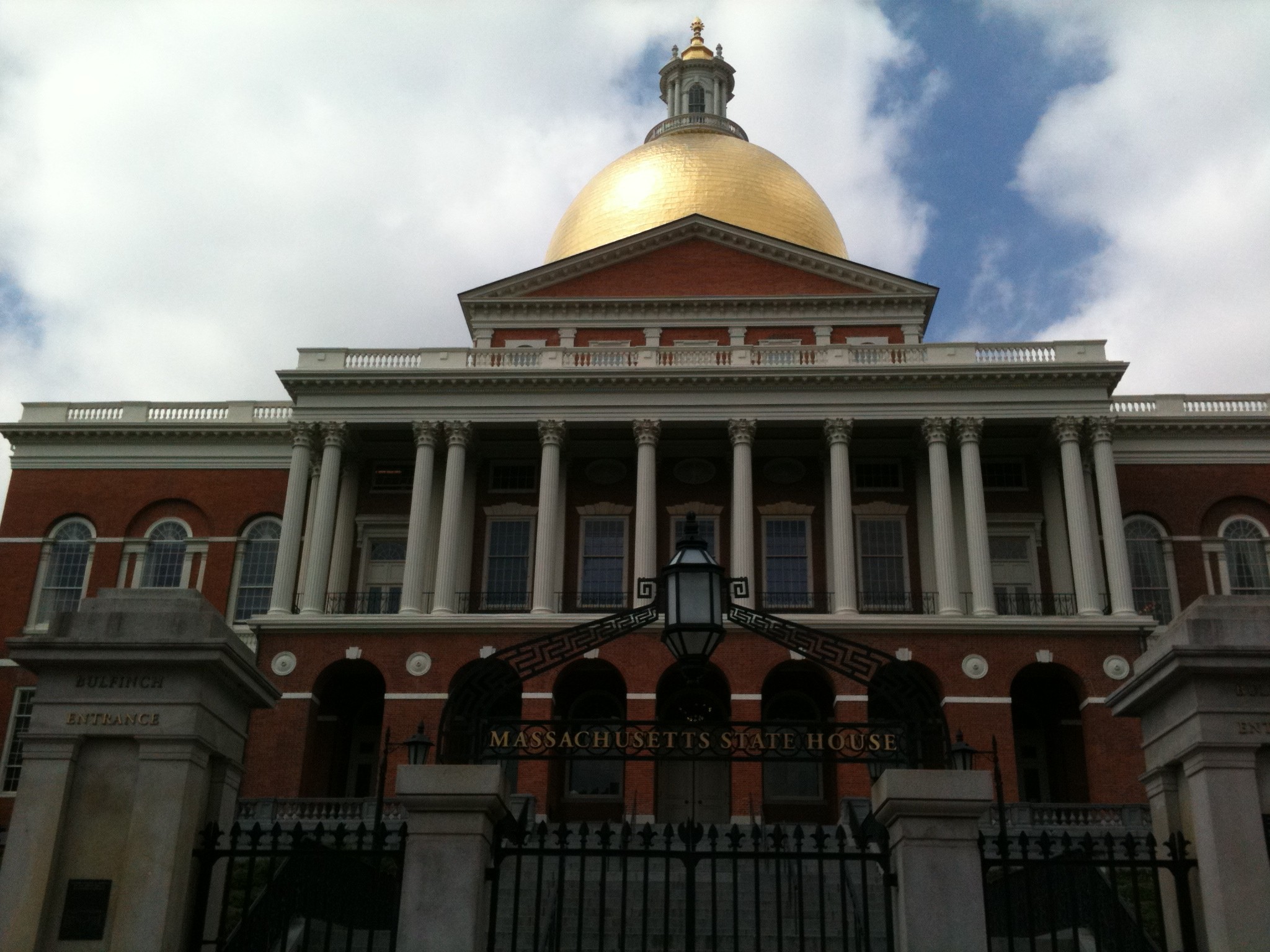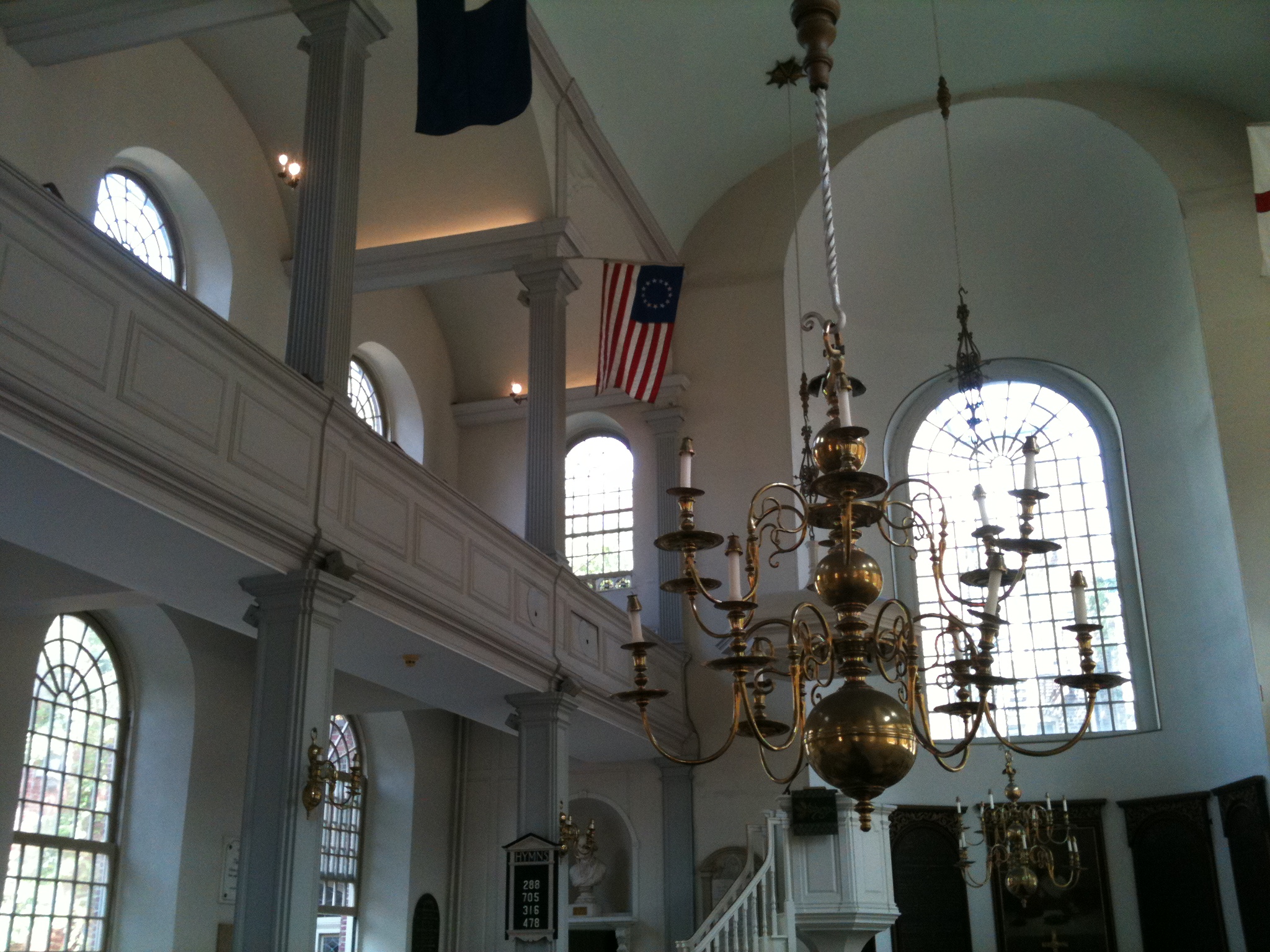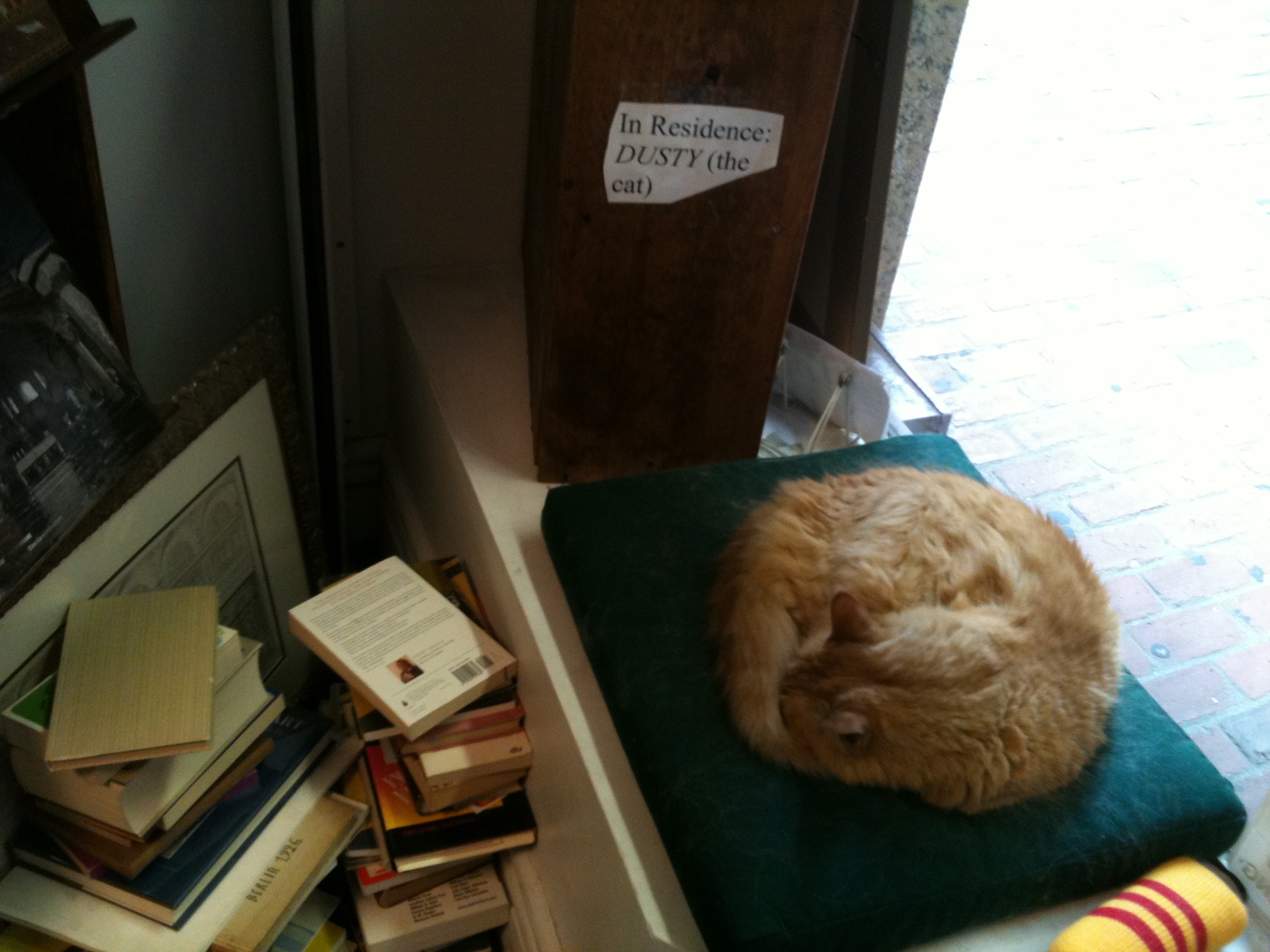In an effort to become acclimated to my new home, earlier this week I took a nice, long, historic walk around Boston.
You might have heard about it. It’s called the freedom trail.

The current Statehouse
For those not in the Boston know, the freedom trail is a walking tour around central Boston’s most famous historical sites. You can pay money to follow a costumed historian around town, or (what we did) you can simply start at the beginning and walk yourself. Perhaps the part that most appealed to my dramatic sensibilities was the fact that you, literally, follow the yellow brick road. A red brick line (sometimes painted) leads you from one stop to another, so for people who are new to the city (or tourists) it becomes an easy way to spend your afternoon while learning your way around, not spending a great deal of cash, and getting an edumacation.
I have always been drawn to cities with a deep sense of history. Yes, New York is historical, but you have to delve pretty far past the modern skyscrapers and stick-straight streets to find its place in the history books. Without entering a museum, it’s difficult to remember that Old New York (or was it New Amsterdam?) was, in fact, Old New York.
Boston is nothing like that. On a certain level, this town may be obligated to flaunt the

inside Park Street Church
value of its monuments. It’s difficult to page through American History and avoid Boston, much less New England as a whole. This place is like Mecca for history buffs. You can’t turn a corner without finding yourself face to face with Franklin or Adams in some capacity. Most importantly (and perhaps appealingly), the old is blended with the new here. Much like in Rome where the Coliseum sits at the end of a long row of modern shops and office buildings (yea, I know, I kind of pictured it on top of a lonely hill too before I went there), Boston has chosen to incorporate its monuments into the creation of its modernity. In perhaps the most amusing show of this, the State Street T stop is actually located inside the Old State House. The semiotic critic in me is going NUTS with this realization.
As we wound our way through Boston, I felt a certain gravity sink in. I watched the tourists pass us in droves and my New Yorker spidey senses tweaked at their presence. I was annoyed that they moved slowly, I was frustrated that it was difficult to take pictures, and I resolved to re-walk the trail in the fall after school had started when, undoubtedly, it would both be cooler and less crowded. The realization that I could very easily accomplish this in turn led to the next realization: I was no longer a tourist in this city. I am a resident. I live here. I can come back whenever I want.

Commonwealth Books -- the inside
To cement the jubilation, we promptly discovered one of the best used bookstores I have ever entered. First of all: it looks JUST LIKE my grandmother’s basement; books stacked precariously on mismatched shelves, the smell of aging paper, the books themselves unable to be bound to any single category of age or size. The place is absolutely crammed with old tomes. It’s a little on the pricey side, but they have some GORGEOUS original-print fancy-shmancy leather-bound books. They also have comfy chairs and a space heater designed to look like a fireplace which, while not much use in the summer swelter, will prove unendingly comfortable (and comforting!) during the long chilly months. Also, they have a resident kitty.
The trail nears its completion down at the USS Constitution. If there’s one thing that I love as much as used bookstores, it’s old ships. They make me imagine being a pirate. Shut up.
Mostly, the afternoon went a long ways towards backing my assertion that Boston is, in

Resident Kitty! (taking a nap)
fact, a great little town. It still ain’t New York, but what is? (Besides London, of course, that’s a whole ‘nother love affair…).
….p.s. I went back to taking my own photos, don’t steal them!

